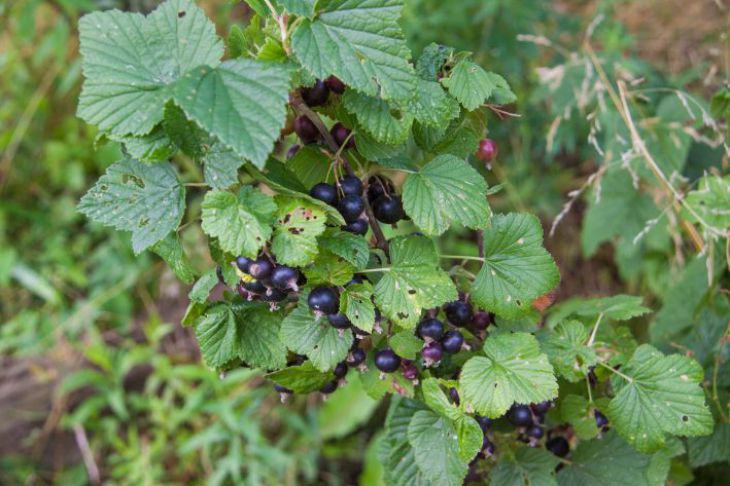Many summer residents think of currants as a bush that does not require special care. But is everything so obvious?
Therefore, it is worth examining 3 pruning rules that will help increase the yield of currants.
Removing the top shoots
Currants begin to bear fruit only on strong shoots that are 2-3 years old.
One-year-old shoots begin to appear on the upper shoots. There are several reasons why they should be safely removed.
- We are talking about barren flowers. They interfere with the normal development of currants. The fact is that barren flowers take away nutrition, moisture and make the bush spend energy. The result of having barren flowers is always the same - the amount of harvest will begin to decrease.
- Because of the empty flowers, the middle branches gradually begin to shade. And as is known, a lack of sunlight will lead to a decrease in the harvest. An unobvious problem is that the taste of the fruit may change for the worse.
- Aphids usually live on the upper shoots. Therefore, such pruning can be called preventive, as it allows you to solve many problems.
- After removing annual shoots, the main branches will begin to develop faster. It is also noted that the branches' immunity is strengthened and resistance to various pests appears.
Among the less obvious reasons for pruning, aesthetics can be mentioned. By removing the upper shoots in a timely manner, you can maintain the correct shape of the bush. There is no particular benefit from this, but the eye will definitely be pleased.

Lateral branches
Lateral branches should be removed with care. Here are a few tips:
- Currant bushes quickly become overgrown with unnecessary shoots. Therefore, it is necessary to regularly monitor the condition and make changes;
- due to lateral branches, the nutrition of fruit-bearing shoots may be disrupted;
- lateral shoots are most often affected by fungi, bacteria and rot;
- shoots can grow inside the bush. They do not bring any benefit, so they should be removed without thinking about the consequences;
- They begin to thicken the crown. This leads to the loss of ventilation, and the branches receive less sun.
The result of the appearance of lateral shoots: over time, the berries become smaller, their taste changes. If no measures are taken for a long time, the entire bush will begin to age quickly.
Old branches
There is an opinion among summer residents that old branches should not be cut. Of course, berries appear only on those branches that have become stronger. But leaving old branches definitely does not make sense. Once a season, you should carefully inspect the bush. If there are damaged, infected or dried parts, they should be disposed of without mercy.
It is important to note the key fact: currants are a resilient plant. You can cut off half of the bush, and the currant will recover after a while. Therefore, if certain parts cause concern, they should be safely cut off, without even thinking about the possible consequences.
Fertilizing after pruning
Despite the hardiness and unpretentiousness of currants, they experience stress after pruning. Therefore, it will not be superfluous to apply fertilizers. One of the best can be called fertilizer from mullein. To prepare it, you need to mix mullein with water in a ratio of 1 to 6.
You can also use superphosphate or boric acid. Organic fertilizers will also not be superfluous. The main thing to remember is reasonable application. Excess of active substances will not bring good. And if organic matter is used, it should be well rotted, fresh manure can leave burns on the root system.








